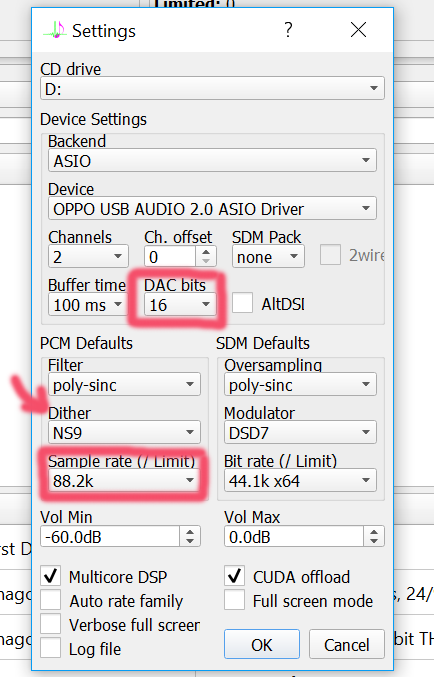
I am using the evaluation copy and I think I have it set up right, and A/B testing against Roon itself is honestly a pretty startling difference in detail. Tonight I got it working with my RopieeeXL endpoint.

I've been a Roon lifetime subscriber for a year or so now and I do remember once, when I was first starting out with it, trying HQPlayer but I couldn't figure out how to get it working and just kinda gave up. If you don't hear absolute polarity using that setup you're not going to hear it with other DACs. If you want to find out if you can hear absolute polarity use a Dave and M Scaler. The Dave with M Scaler also made absolute polarity (absolute phase) changes the most obvious I've heard with headphones. The imaging and layering and separation were the best I've heard from headphones. Could listen to an orchestra recording and believe you could count the number of violins playing and which one was tapping their feet during the recording. The imaging and sense of 3D was fascinating to hear on headphones. I did get to hear Dave with an M Scaler in a headphone system using Stax SR009S headphones. And for that we all benefit when that tech can trickle-down. It's something that someone has to do to demonstrate it's possible. I just find their technology interesting and I appreciate the direction they're going. But yes, computers can do this upsampling using sinc or a million tap sinc. Would need to get that running on GPUs to have any chance of doing it at reasonable speed.

So it would take 6oo hours to process an hour of stereo music. On his computer it ran at 300x real-time to upsample 44.1 mono by 4x. Not just a million taps, but the full sinc interpolation.

The The-theory-behind-M-Scaler-technology document I mentioned has a section where the author wrote code (probably in matlab) to do the full sinc interpolation on an audio file. How much of a computer and how many Nvidia cards do you need to have HQPlayer upsample in real time to 16x using the sinc-M filter?


 0 kommentar(er)
0 kommentar(er)
